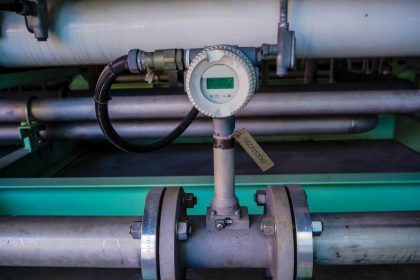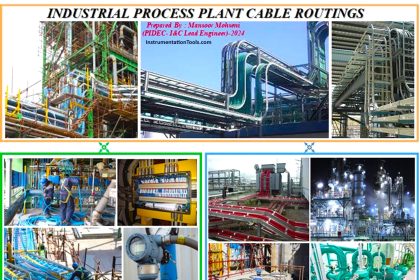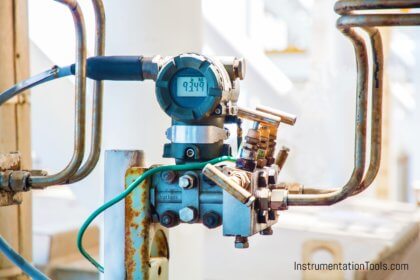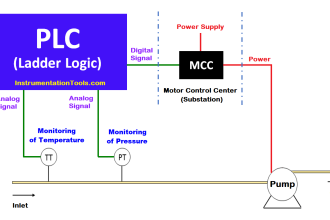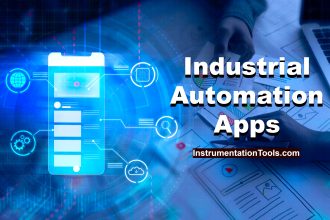4-20 mA Standard
4-20mA has an inherent ‘live zero’. Zero engineering units is 4.0mA, not 0.0mA. 0.0mA indicates an open circuit, a failure or a fault mode like cut wires or a dead transmitter. 0.0mA is not a valid reading of zero engineering units and a wake-up call that there’s something seriously wrong in the loop. (electrical current level below about 3.6mA is absolutely necessary because it is used to drive the electronics of loop powered devices).
Any electrical circuit needs two conductors. In 4-20 mA’s ‘two-wire, loop powered’ form, a field transmitter gets its power over the same two wires as the signal, without a third or fourth wire for power. This is a major plus when large numbers of field instruments or long wire runs are involved.
4-20 mA can be designed for Intrinsically Safe approval for use in hazardous areas, which allows troubleshooting the circuit while it’s ‘live’ and powered.
4-20 mA can carry HART® digital data superimposed on its primary DC signal, without sacrificing any of the properties above and without interfering with non-HART enabled analog inputs.
The 4-to-20 span and offset (with live zero at 20% of the span from zero) has the same 1:5 ratio as the widely used 3-15 psi pneumatic control signal.
Values slightly above and below the nominal 4-20mA can be and are used to signal a major fault. (See the NAMUR NE43 standard.)
A 4-20 mA current signal is less susceptible to noise pickup than a voltage circuit, so 4-20 mA is relatively free from interference and cross-talk from other signals.
4-20 mA has little, if any, signal loss in its circuit; current regulation compensates for minor resistances in terminal boxes, whereas voltage drop across resistances for voltage signals creates an error.
4-20 mA works at relatively long distances (>1km at a nominal 24 VDC). Boosting the power supply voltage will drive the signal even farther.
Two-wire 4-20mA commercial instruments are isolated and floating so ground loops and their associated errors and faults are relatively rare.
4-20 mA is generally tolerant of copper cable length and type.
The response of 4-20mA is adequate for the vast majority of process sensing needs.
The original published standard for 4-20 mA, ISA SP50, was published in 1966, almost 50 years ago, generating widespread acceptance and creating an installed base of millions of points.
Electricians find it easy to wire and troubleshoot 4-20 mA. Its working principles are easily understood DC electronics.
When used with a nominal 24 VDC loop power supply, no one who touches the wire terminals gets shocked or even feels a tingle.
A cheap, $10 digital multimeter meter can be used to troubleshoot a 4-20 mA loop circuit.
4-20 mA can easily be measured in multiple ways:
With a milliameter inserted into the circuit or across a diode in the circuit
With a voltmeter as a voltage drop across a dropping resistor
With a Fluke 77x clamp meter
4-20 mA offers a wide choice of resistor values when converting to a IR voltage drop across the receiver input. Lots of resistor values, from 1 ohm to 500 ohms, have been used (250 ohms is the most common).
In summary, 4-20mA is simple and rugged. It works well.
Share & leave us some comments on what you think about this topic or if you like to add something.
Also Read: Why Current Loop as Standard ?
